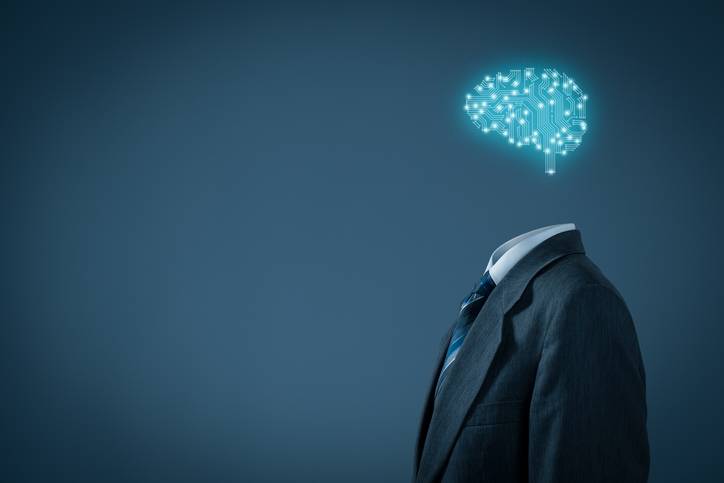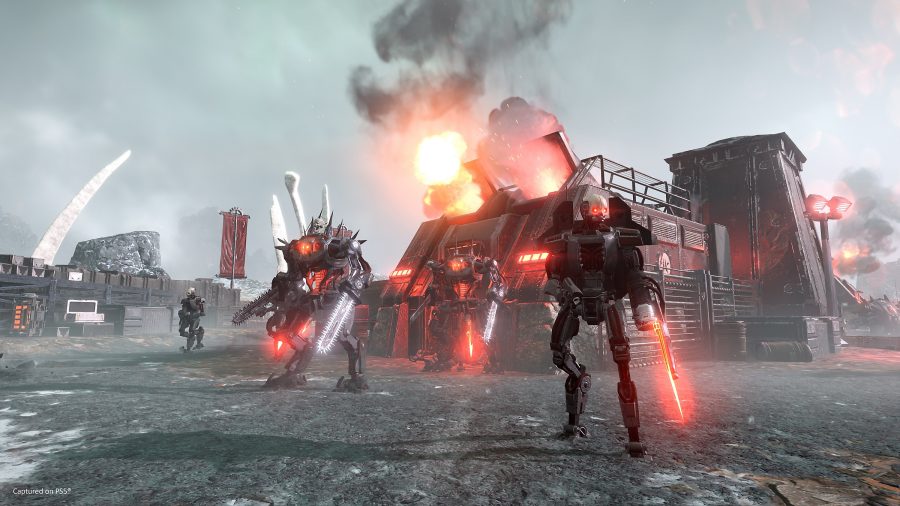Artificial intelligence (AI) gathers data to interpret and predict human behavior, and user experience (UX) does the same thing — it reads human behavior to anticipate what people will do next.
With the same end goal in mind, AI has the power to shape the future of UX, offering new insights and context to the experiences brands build for users. The predictive analytics underpinning both AI and UX creates an intersection that will benefit both consumers and the companies hoping to cater to them.
“UX is still the center,” explains Sandy Marsico, the founder and CEO of Sandstorm Design, a brand experience agency. “AI and predictive analytics are helping to determine what the user wants, needs, or does next. AI assists in adding insights, but it doesn’t tell the whole story.”
Marsico and her team at Sandstorm see AI as a tool, not a replacement for human analysis, and they welcome it. “We’re all trying to predict the future,” she says. “AI won’t figure out the problems we need to solve — AI helps us have a deeper understanding of our user so we can tailor our content and messaging to anticipate motivations and behaviors.”
Developing a Deeper Understanding
Marsico’s right — AI gives us information to help solve problems, but it still takes humans to identify the problems in the first place. Humans have the unique ability to understand the context of AI’s insights and how they might impact UX design; humans are the ones capable of developing empathy for other users.
Sandstorm’s usability testing and user research are designed to remove subjectivity from its work and ensure UX decisions are based on data rather than assumptions. Marsico says this has represented an important shift in a creative arena like marketing, where the work has traditionally been highly subjective. But she cautions that data alone would produce uniformity and a profound lack of inspiration.
“Imagine AI learns how to build the perfect website — would they all start to look exactly the same? Would all text be black on a white background as that has the highest contrast?” she asks. “Humans don’t actually require, nor desire, perfection 100 percent of the time. We’re naturally attuned to variety.”
In general, Sandstorm’s director of analytics and technology, Nick Meshes, says machine learning requires a human trainer to feed data to its algorithms and then review the results, adjust the strategy, and guide the progression of the AI. Amazon’s Mechanical Turk and Google’s Captcha efforts are examples of tools leveraging user experiences to improve artificial intelligence. “AI can’t manage complex interactions that aren’t built on simple mechanics or clear correct/incorrect grading — like judging a mobile experience as engaging — so we need humans to make that assessment,” Meshes says.
Meshes points to some of the designs currently being built by AI as examples of the significant limitations of treating AI as an all-encompassing solution when it comes to UX. “LogoJoy creates functional logos, but it’s auto-designing based on limited inputs and lacks an opportunity to provide thoughtful brand direction to differentiate from competitors,” he says. It’s a cost-effective solution for the solopreneur who doesn’t have the budget for a branding agency, but it offers proof that machines can’t do everything.
Making Our Way to What’s Next
This all points to a future in which UX uses insights from AI but isn’t driven by them. Marsico sees AI being widely accepted in the UX world as people recognize its value: “We currently aggregate insights from multiple and mixed research methods such as in-depth user research, ethnography/netnography, usability studies, card sorting, competitive and trend research, heuristic analysis, and big data, to name a few, to pull together our strategic thinking and UX approach,” she says. “In the future, brand experience agencies will include AI as another integral part of their process.”
By relying on AI to do some of the data collection and number crunching — which it’s capable of doing more rapidly than human beings — UX experts will be freed up to do higher-level analysis of the data gathered. Like Uber, SpotHero, and those before it, AI will be treated as an outsourced service provider. “Embracing advanced technology, automating processes, and leveraging data are critical to how we operate, but at the end of the day, we focus on a deep understanding of user behaviors, which requires human interaction — so it’s a balance,” explains Karen Bartuch, Sandstorm’s director of strategy and research.
“AI can be used to create a tailored message to each consumer — what we might call an ‘audience of one’ — going beyond a set list of offerings based on the individual’s previous activities and preferences to assemble a personalized message built in real time, including machine-generated text, image selection, and even video created on demand,” Meshes says. “Consumers would grow to expect that every message they receive would always be tailored to their personal interests and the current context of where they are and what they’re doing, solving the exact problem they have at that moment.”
Current UX techniques address these emerging capabilities by breaking down elements into individual components, applying intuitive design principles, and assembling them into engaging layouts. This process can be adapted as the granularity and number of variations increase by applying rules to the overall layout, then using optimization testing for the AI to refine the results.
One example of artificial intelligence impacting user experience is an algorithm featuring a specific piece of content. “Google’s ‘featured snippet,’ where it displays the excerpt of a webpage above all other ranked page results on a search query, makes that result the de facto authoritative source for that topic,” Meshes says. “These are coveted spots that can have a magnifying effect on driving more engagement and sales. It’s fair to assume that voice interfaces will take the ‘featured snippet’ concept and distill it to being the only possible search result, much like how Amazon features one product for a given category, called “Amazon’s Choice.’”
This presents new questions for brands: How do you design the structure and layout of content so it will become the only answer selected and delivered by a machine? How do you sell a product to an algorithm that essentially does the purchasing on behalf of the consumer? And how do you continue to incorporate input from users when the machines are doing all the work? “We are excited about the opportunity AI will afford UX, but also very sensitive to maintaining that human connection,” Bartuch says.
In fact, Tesla CEO Elon Musk recently said humans are “underrated” and that he regretted using robots to build the Model 3. Trapped in “manufacturing hell,” he explained that Tesla’s production had actually been slowed down by its machinery, which had complicated the process. Even tech powerhouses have discovered that robots sometimes know too much for their own good — and need human insight to achieve balance.
AI and UX both aim to understand users and supply what they need, making AI a technology ripe for impacting the experiences brands build for users. UX will still need to bring a human touch to what AI supplies, applying concepts from one domain to another. Apart, their abilities to interpret behavior are limited; together, they’ll fuel unlimited possibilities.










